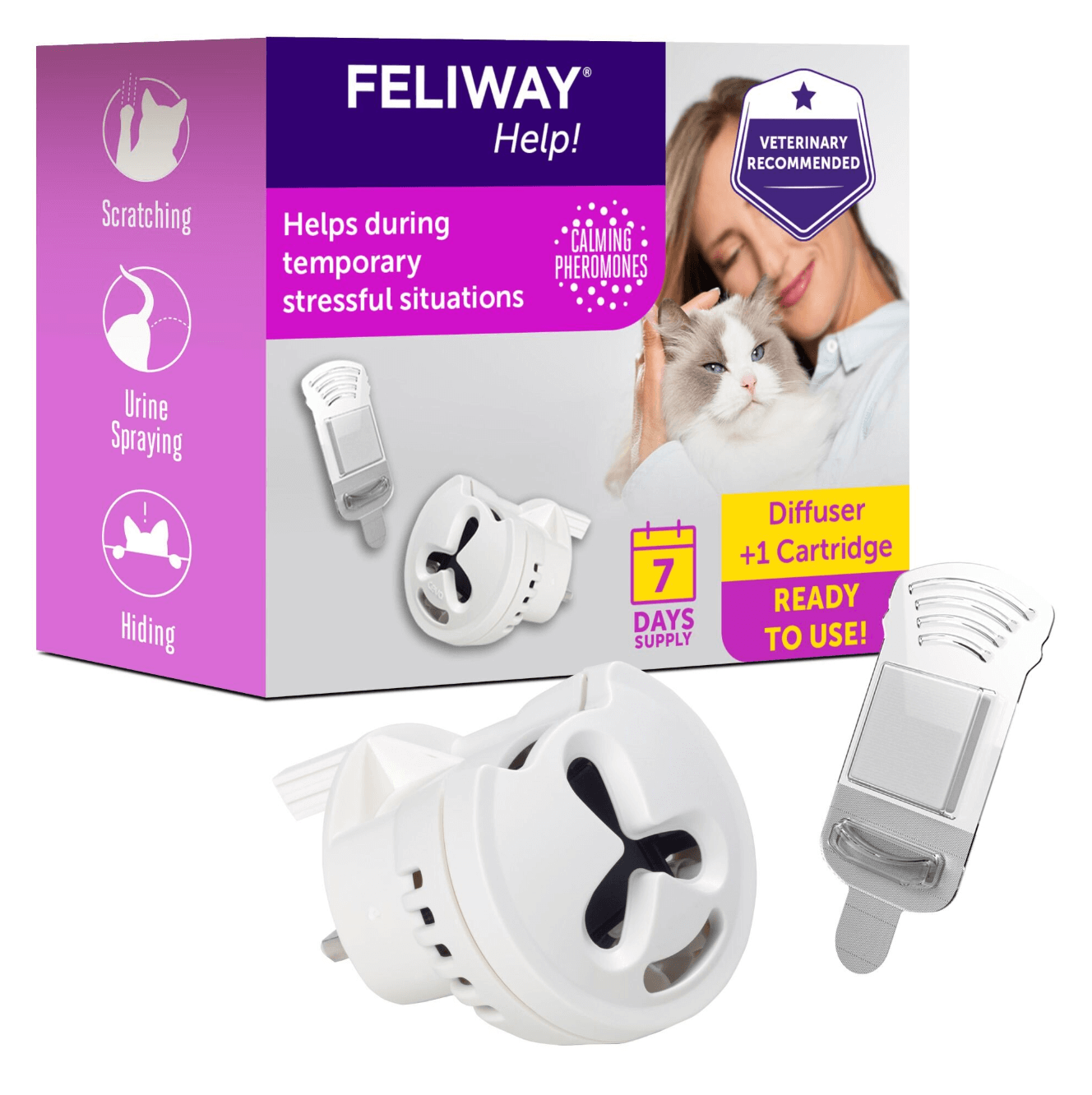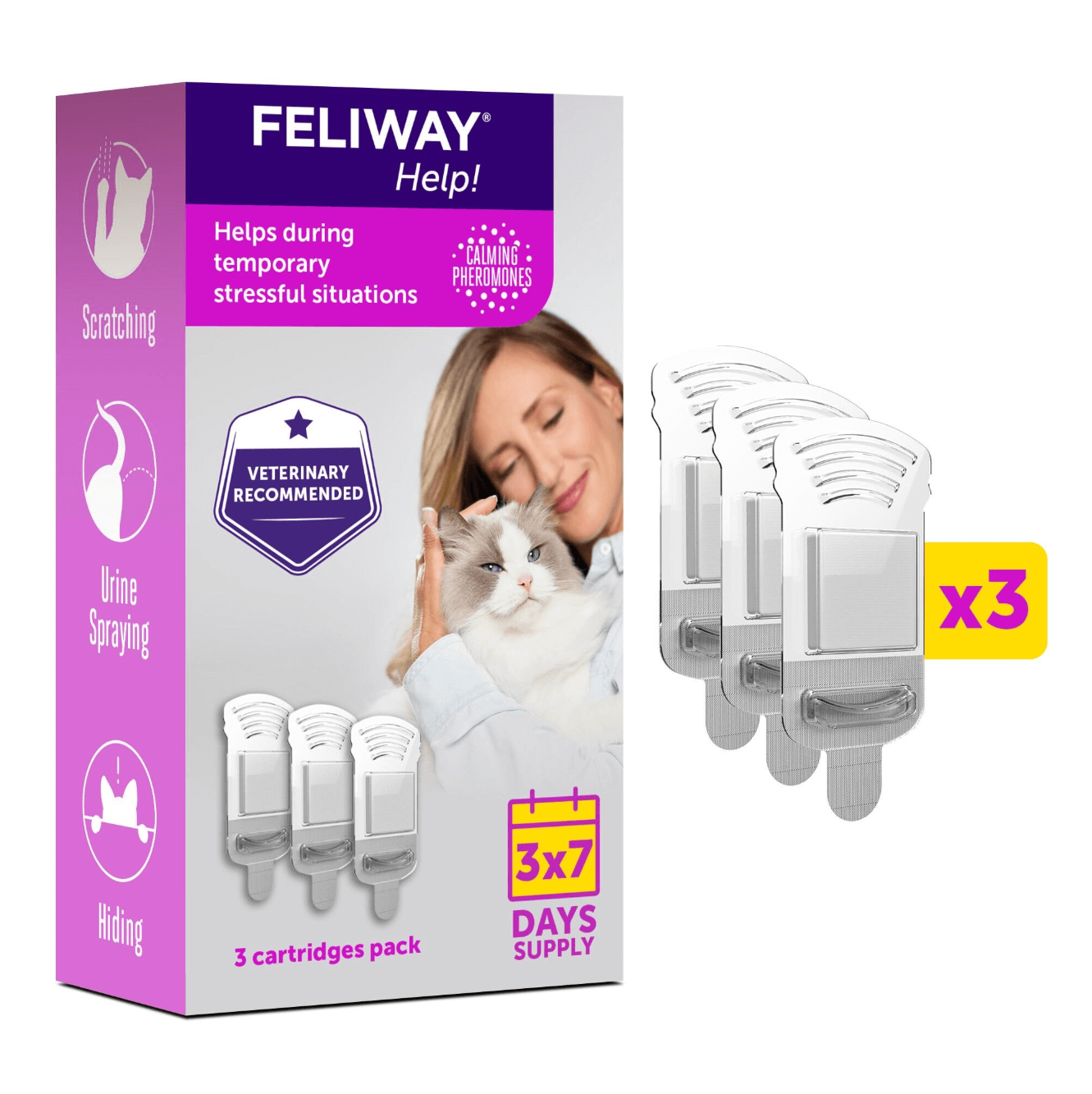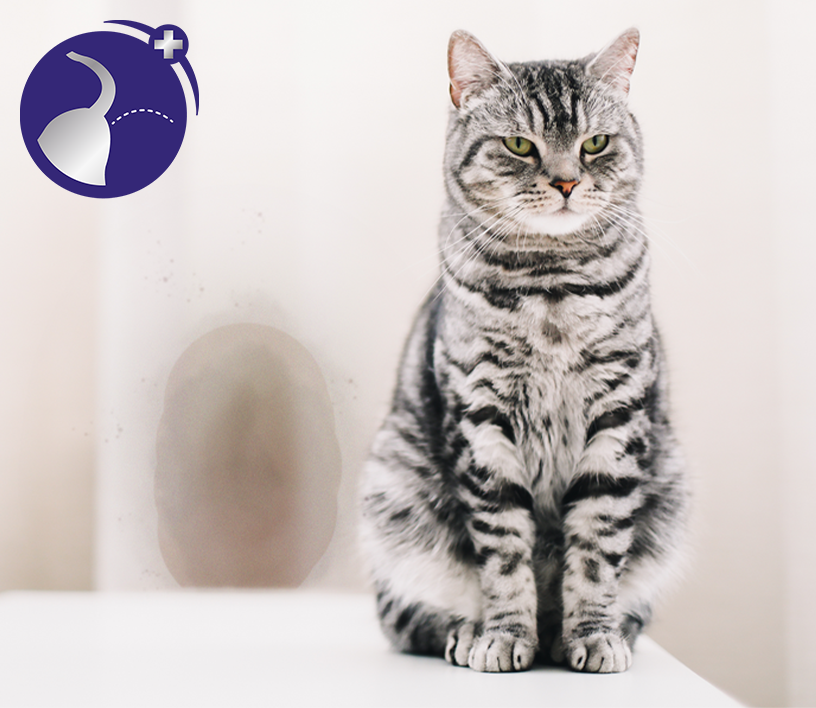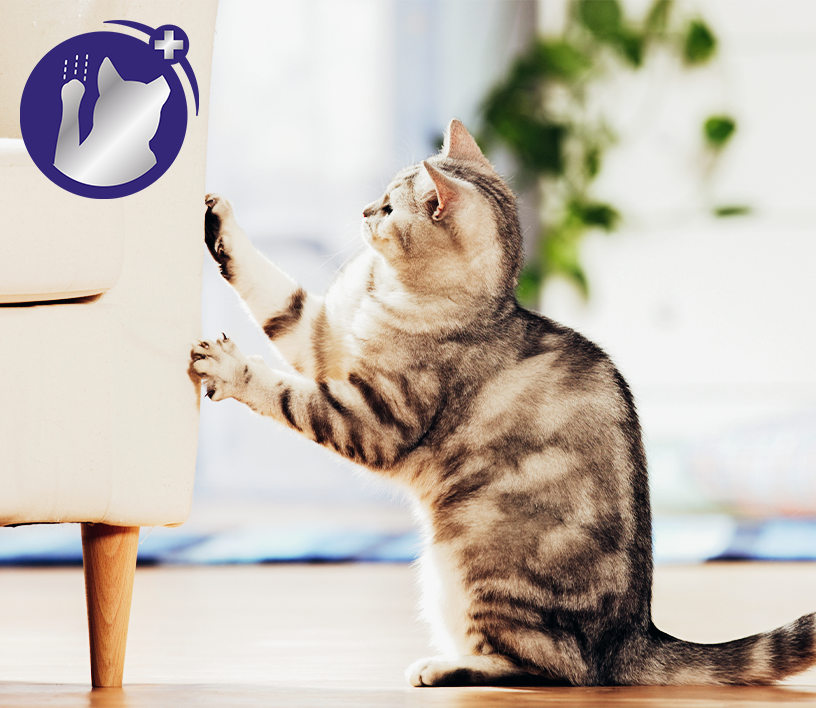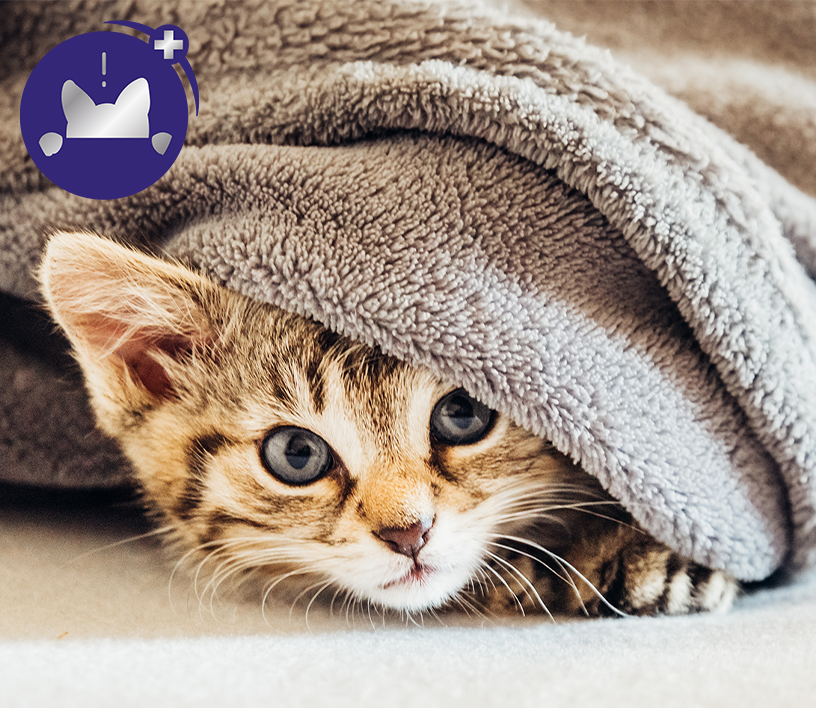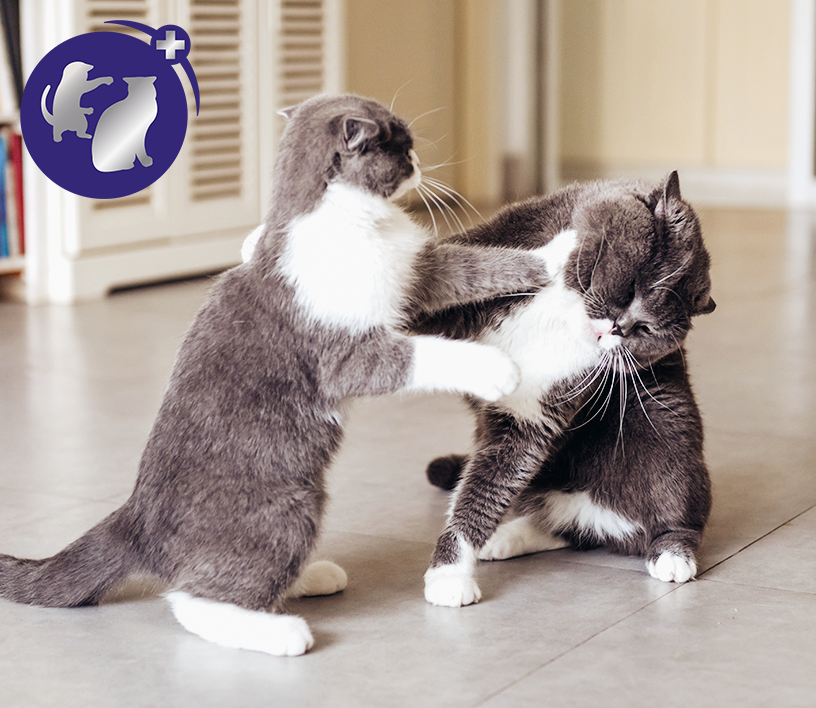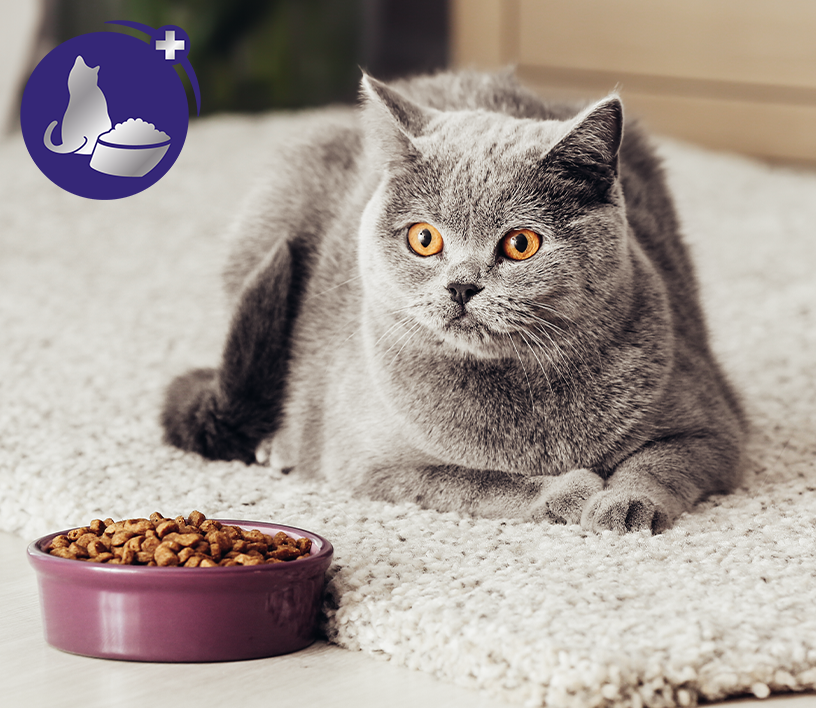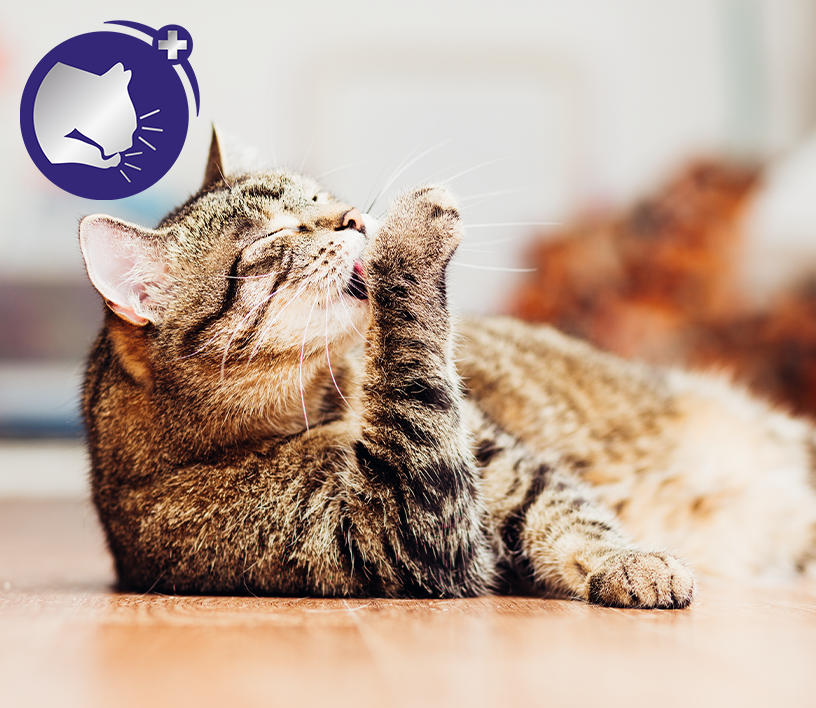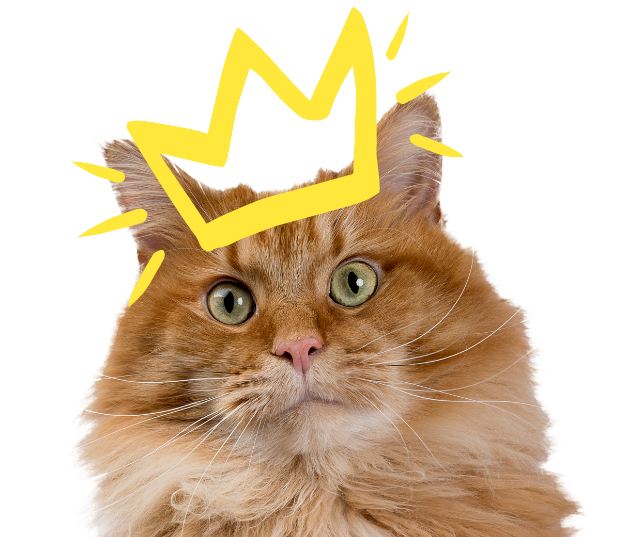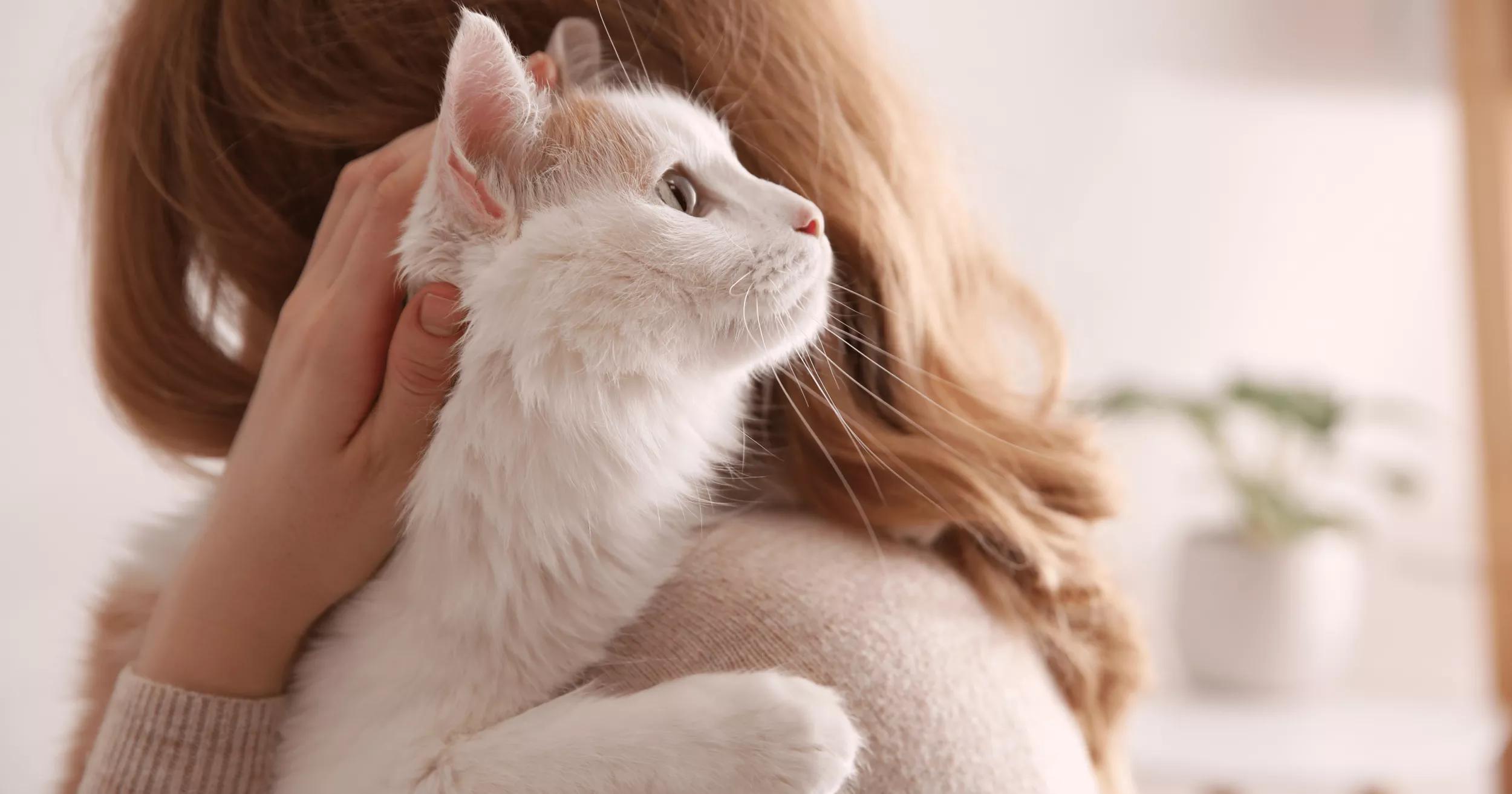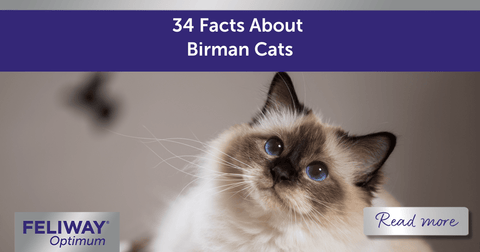
White Cats – 5 Things to Know
White cats are very special kitties! Did you know that pure white cats are some of the rarest of our feline friends, making up only 5% of the world’s total cat population? Or that between 15-40% of white cats are believed to have at least 1 blue eye?
Whatever their eye colour, if you’re a white cat lover, there’s lots to know about them!
1. White cats come in many breeds
Pure white cats quite often from breeds such as the:
- Russian White
- Turkish Angora
- Siberian
- Oriental Shorthair
However, there are also other breeds that can have white or very light hair, such as the Ragdoll or the Norwegian Forest Cat - or Siamese and Birman cats which are born white, before developing colour points.
2. White cats genetics mean they may be deaf
Pure white cats often have a dominant gene – W (White) – which may mean they are born with impairments. Not all white cats will experience this though, and you should check with your vet if you are concerned that your cat may be affected.
Getting to know the history of your cat through your breeder will also help you assess the genes and any predispositions that your kitty might have.
Going by the numbers, researchers have found that:
- 1-1.5% of population are white haired, with blue eyes and deaf
- Some of these cats are deaf in only one ear.
- If a white cat with one blue eye is deaf in only one ear, that ear will invariably be on the same side of the head as the blue eye.
Whilst the W gene always causes a white coat, it doesn’t always result in the cat having blue eyes, or being deaf. Sometimes, a cat with the W gene will be white, but this could be masking another colour in its genetic make up, which likely means they will not be deaf.
The S gene can also come into play if you have a white cat.
The dominant S gene produces white spotting that can mask a cat's true colour, in the areas where the spots occur – it can even produce white spots throughout their coat, resulting in one big white spot covering the whole cat!
Most breeders now use BAER (brainstem auditory evoked response) testing on kittens to test if they are deaf.
3. White cats can have different coloured eyes
Cats with pure white, or mostly white coats are likely to have blue, green, gold or copper eyes. Some white cats can have eyes that are different colours – this is called heterochromia.
All kittens are born with eyes that appear blue due to a lack of pigment within the iris. As they grow, a pigment called melanin is distributed throughout the iris, causing the eyes to change colour. Usually this happens in both eyes, but if the cat has heterochromia, melanin is only distributed in one iris, leaving the other blue.
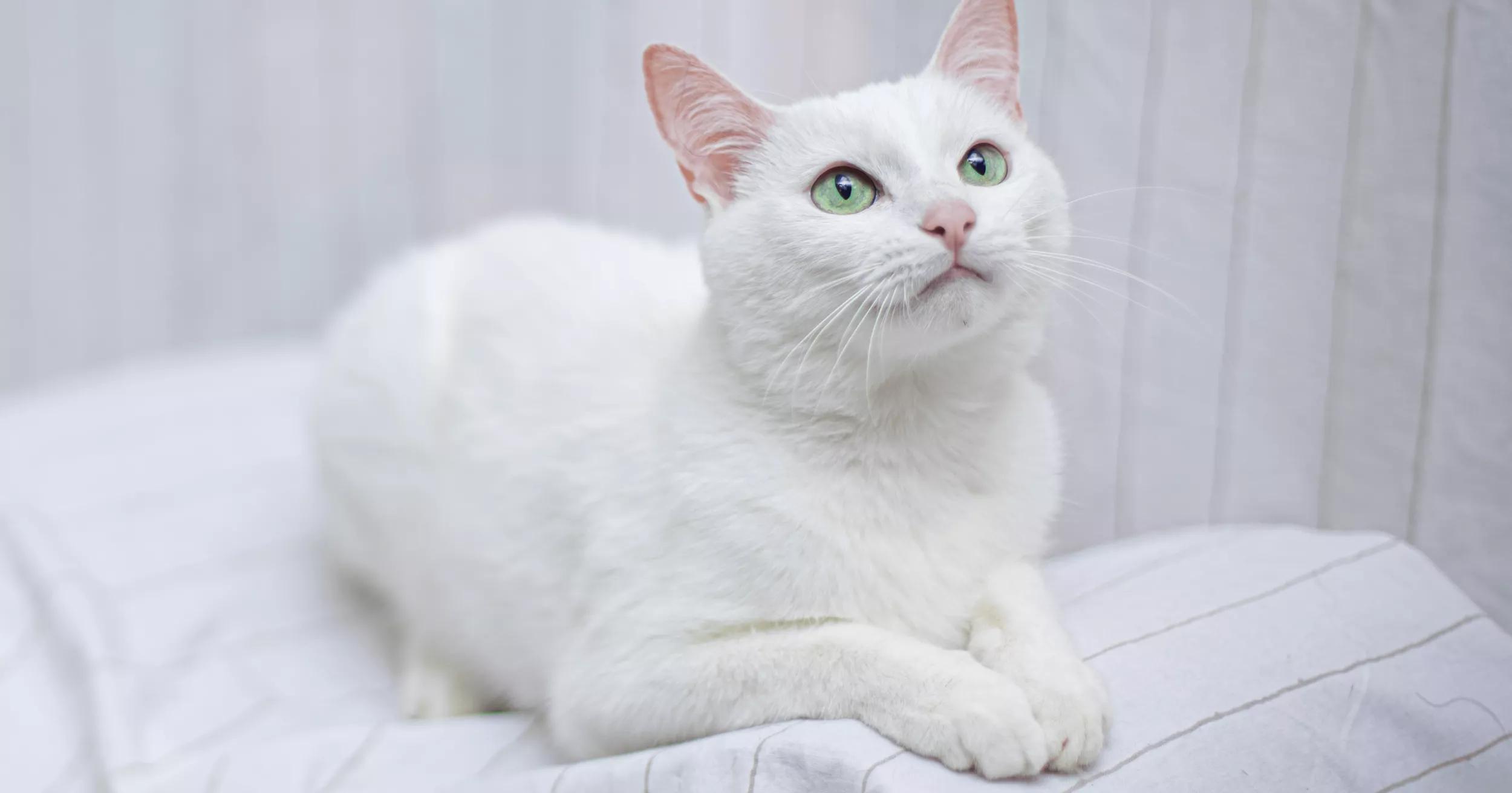
Eye colour related to deafness in white cats
According to research:
- Kittens with one blue eye (44% prevalence) or two blue eyes (50% prevalence) were more likely to be deaf than those without blue eyes.
- Kittens with at least one blue eye were three times more likely to be deaf than kittens without blue eyes.
- Turkish Van and Maine Coon cats are more likely to be deaf than Persian or Russian whites.
4. White cats who are deaf, may need some support
If you are the proud owner of a white cat that struggles with their hearing, there are lots of ways to support them and make your feline friend’s life easier.
Firstly, if you suspect your cat may be deaf, look for these symptoms:
- Are they not responding to your call?
- Are they easily startled?
- Are they non-responsive to loud noises?
The first step should be to speak with your vet to confirm whether your cat is deaf or not.
- If they can confirm that your cat is deaf, it may be advisable to keep your cat indoors as they will not be able to hear a car or predators approaching. However, you may consider taking them for a walk on a lead, or even constructing an outdoor enclosure where they can still climb, smell, hide and hunt in safety.
- Be aware that white cats with blue eyes do not have the reflective area at the back of their eyes and may be less able to see in the dark than cats with non-blue eyes.
- Deaf or not – if you are keeping your cat indoors, make sure they have plenty of space where they can explore, hide and climb. You should also devote plenty of playtime to keep them both physically and mentally stimulated to avoid boredom.
- Just like in humans, research has shown that a cat’s other senses, like motion-detection and peripheral vision are improved if they are deaf.
- Deaf cats will still be able to feel vibrations so always approach them with heavy footsteps to make sure they are aware you are approaching. Alternatively, a stamp on the floor closeby might be enough.
- Deaf cats can learn to recognise hand signals or the flashing of a torch if they can’t hear you calling them. Make sure the signal you choose to call your cat is distinct and consistent so they don’t get confused.
- To wake a sleeping deaf cat, touch the area around them rather than the cat itself. This is less likely to startle them.
- White cats are sensitive to the sun – speak to your vet for advice about how to protect your cat from UV light damage.
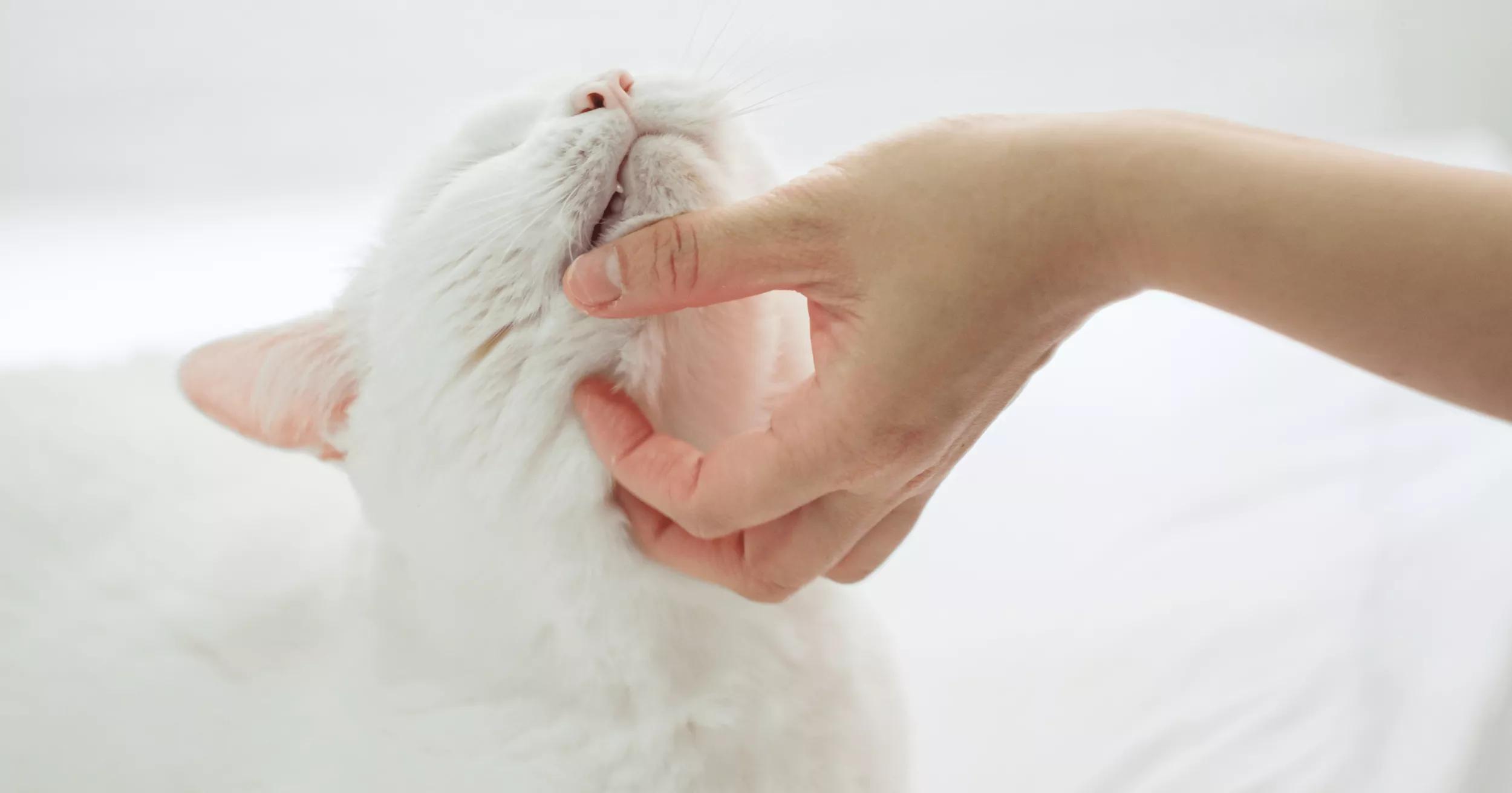
5. White cats can be famous
- The Japanese Beckoning Cat (Maneki Neko) is often depicted as a white cat.
- Charmmy Kitty is the white pet cat in Hello Kitty.
- Duchess in Aristocats is a long-haired, purebred white Turkish Angora cat with blue eyes – later described as ‘shining like sapphires’.
- The unnamed cat from Simon’s Cat is a white Ragdoll
- Some white cats have lived in the White House – Enrique DeLome and Valeriano Weyler were owned by William McKinley (the 25th President) and both were Turkish Angoras.
All cats are beautiful and each one has their very own history, personality and traits. There is no indication that a white cat has a propensity to anxiety but like for cats of any other colour, using FELIWAY Optimum will calm your cat, whether they have difficulty hearing, or not.














